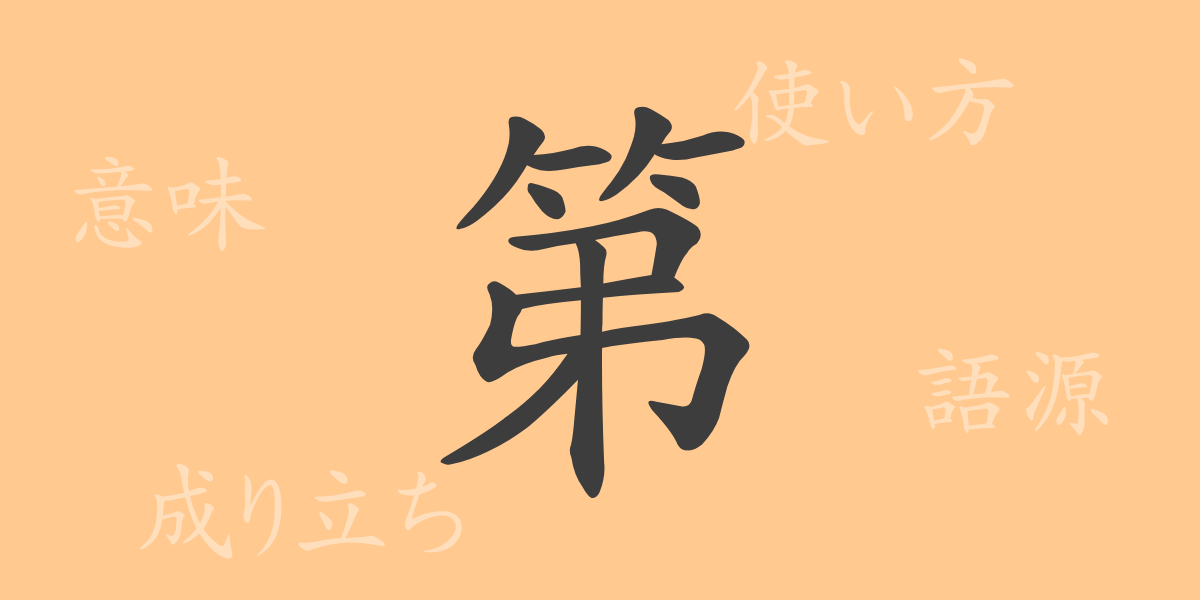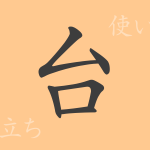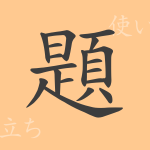Kanji are indispensable to the Japanese language, each character imbued with rich history and meaning. “第” (だい) (dai) is one such commonly used Kanji, frequently encountered in everyday life. This article delves into the origins, contemporary usage, and the diverse aspects of “第”, enhancing our appreciation of the beauty and complexity of Japanese through the exploration of the history and meaning embedded in each Kanji.
Origins of ‘第’ (だい) (dai)
The Kanji “第” traces its roots back to ancient Chinese oracle bone script. Originally, it represented the ridges between fields, symbolizing division. Over time, it evolved to signify order and sequence, a meaning that remains prevalent in its modern usage to indicate order or rank.
Meaning and Usage of ‘第’ (だい) (dai)
In modern Japanese, “第” primarily functions as a prefix to denote order or number. For example, “第一” (だいいち) (daiichi) means “first,” and “第三者” (だいさんしゃ) (daisansha) translates to “a third party” or “unrelated person.” It is also commonly used in legal and statutory contexts to number chapters and clauses, making it a frequent sight in official documents.
Readings, Stroke Count, and Radical of ‘第’ (だい) (dai)
The Kanji “第” shares common features with other characters in its structure and pronunciation:
- Readings: The on’yomi (Sino-Japanese reading) is ‘ダイ’ (dai), with no commonly used kun’yomi (native Japanese reading).
- Stroke Count: “第” consists of 11 strokes.
- Radical: Its radical is ‘竹’ (たけかんむり) (takekanmuri), associated with bamboo.
Phrases, Idioms, and Proverbs Using ‘第’ (だい) (dai) and Their Meanings
There are numerous idioms and phrases that include “第”, each illustrating the rich expressive power of the Japanese language. For instance:
- ‘第一線’ (だいいっせん) (daiissen) – Literally “front line”, metaphorically “the forefront of activity”.
- ‘第一人者’ (だいいちにんしゃ) (daiichininsha) – “Leading figure” or “the foremost person” in a field.
- ‘第一歩’ (だいいっぽ) (daiippo) – “The first step”, symbolizing the beginning of a venture or project.
Summary on ‘第’ (だい) (dai)
This article has enhanced our understanding of the Kanji “第”, its historical background, meaning, and applications. As a pivotal element in Japanese communication, “第” exemplifies the power of language, reminding us of the history and culture underlying each encounter with this character in daily life.

























